 (4 / 5)
(4 / 5)
Plunged into darkness, our eyes becoming accustomed, we start to see the outline of bodies, moving as one. As the lights come up, we are confronted with a team of mismatched and almost fearsome creatures, with mixtures of jagged and smooth movements.
A double bill, National Dance Company Wales bring questioning and critical performances, Skinners by Melanie Lane and AUGUST by Matthew William Robinson. Neither aim to give answers to our changing world but aim for us to reflect on our existence and the change around us.
Skinners particularly looks at the digital age, where physicality is distorted beyond recognition and where we live in a virtual world as opposed to reality. This first piece is what we are confronted with from the dark; creatures with recognisable assets yet distorted some what, move as one and then in separate spheres. The movements themselves move from recognisable, to abrupt, repetitive and unusual. With their costuming and contortion of their bodies, we want to understand but we are quickly pulled away, watching something unearthly, at times robotic, at times… no one knows.
It is a piece that you cannot take your eyes off. Even the repetitive movement hooks you, and there is something always catching your eye. Once the performers peel away their outer layer, they become more humanised, but there is still this sense of something lost underneath, as they continue to move unusually and almost unnaturally. It is a high octaned piece, full of dance moves that seem simple and easy, but clearly requires immense talent and skill to perform.
AUGUST, while noted in the programme as inspired by sunsets and sunrises and the liminal space between, to me, it continued this concept of other-worldly, of a digital age. A horizontal light, that throughout counts down and follows the dancers across the stage, gave this sci-fi effect; of a barrier that could not be crossed. Within this, the movement, compared to Skinners is more graceful and fluid – dancers appear from the dark and as the horizontal light moves up, down, forward and back in movement with them, they are highlighted by the shadows created.
Again, unable to take your eyes off, there is something always appearing or disappearing, with moments of increased energy, within the fluidity of their movements. It is sensual and intense, with the performers working more with one another and their bodies than previously, melding into one and separating into something different.
Frontiers showcases the immense talent of the NDCW – from the unusual and avant guard to the fluid and contemporary, Skinners and AUGUST beautifully compete in excellence.
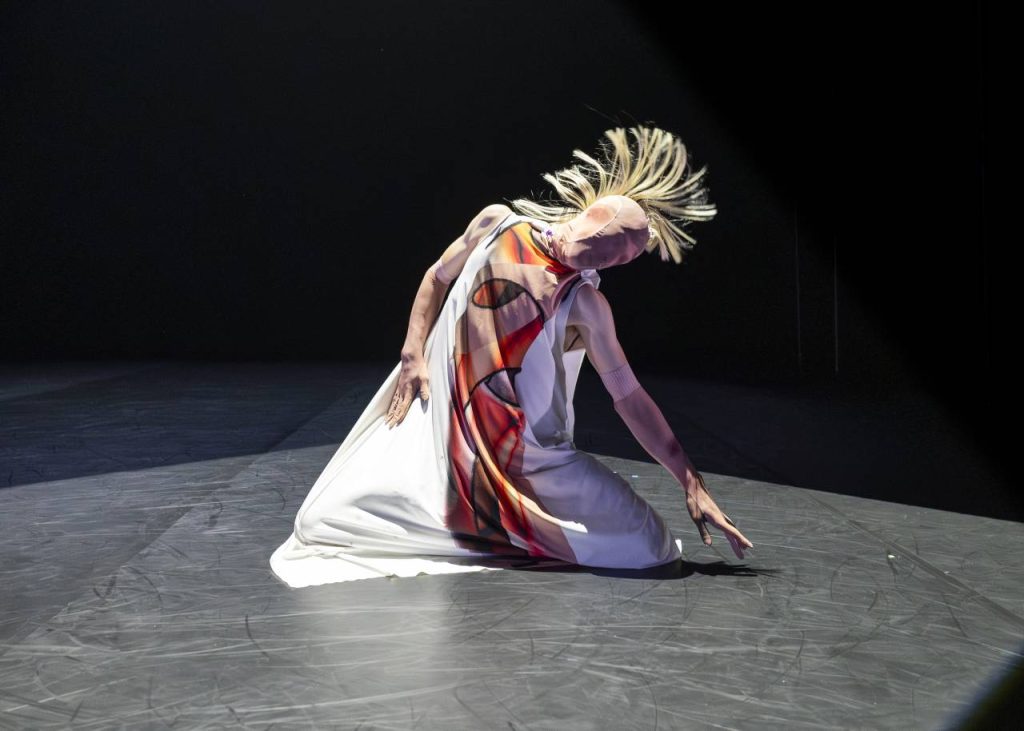
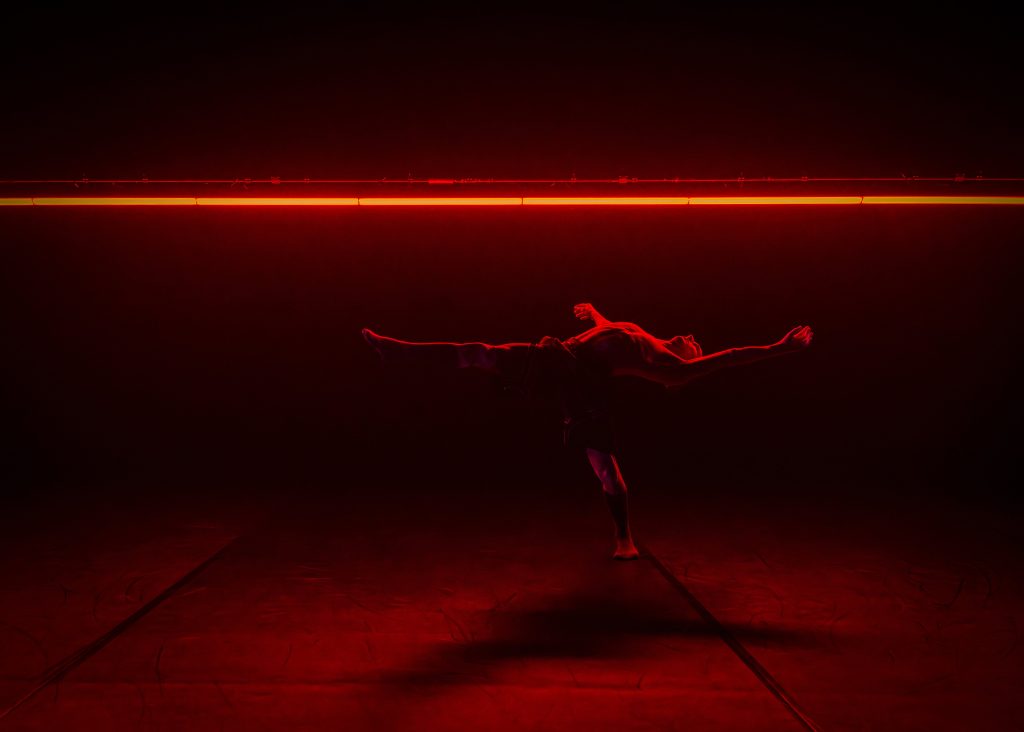

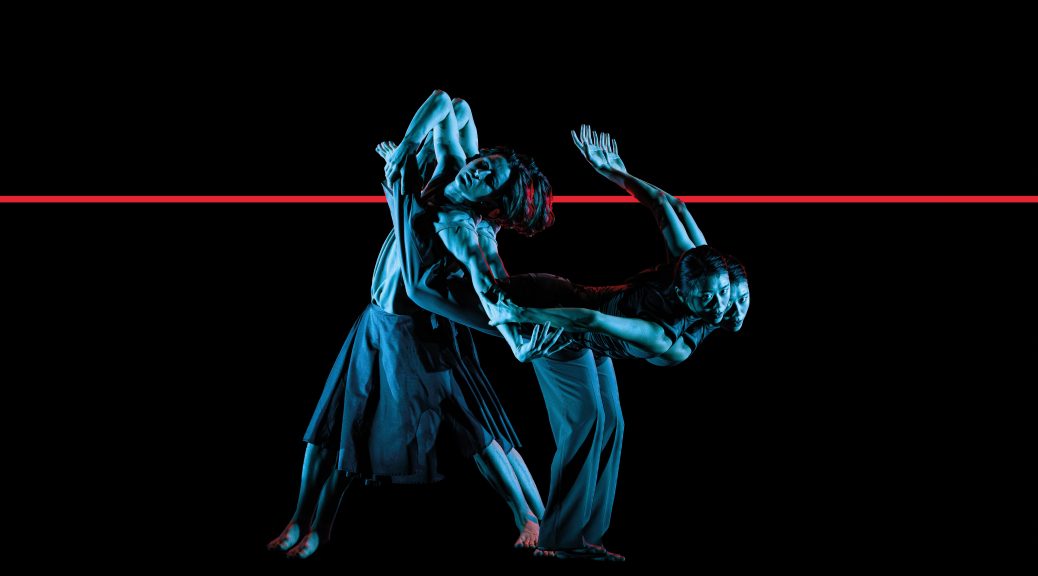
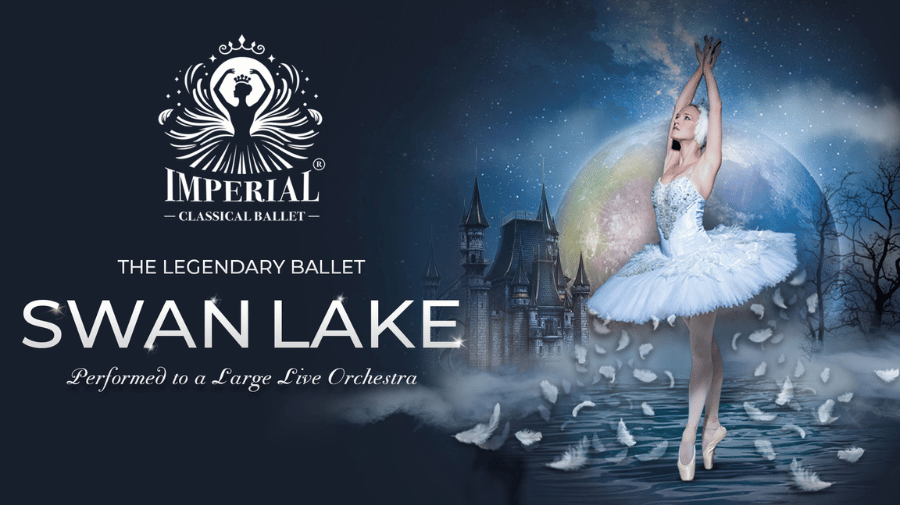
 (4.5 / 5)
(4.5 / 5)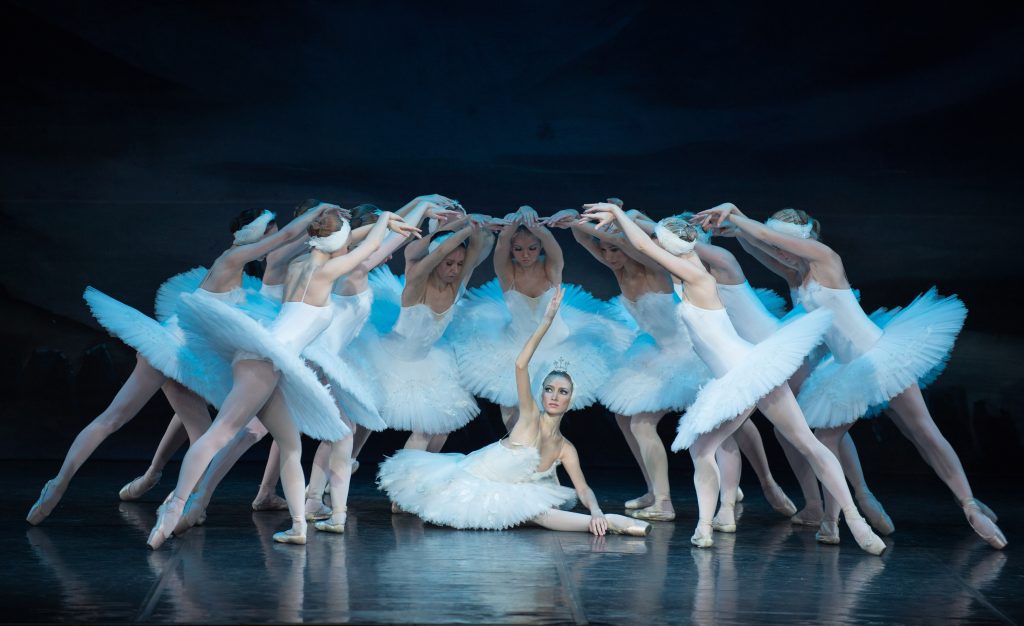
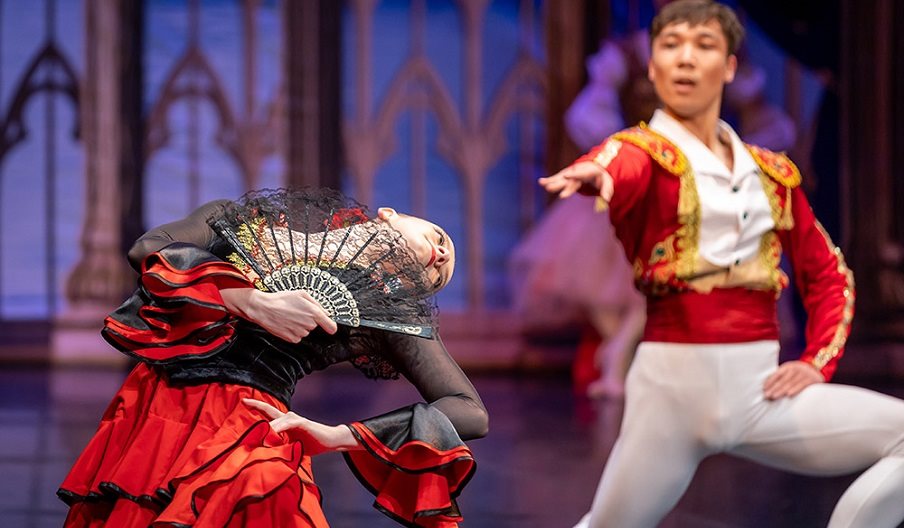
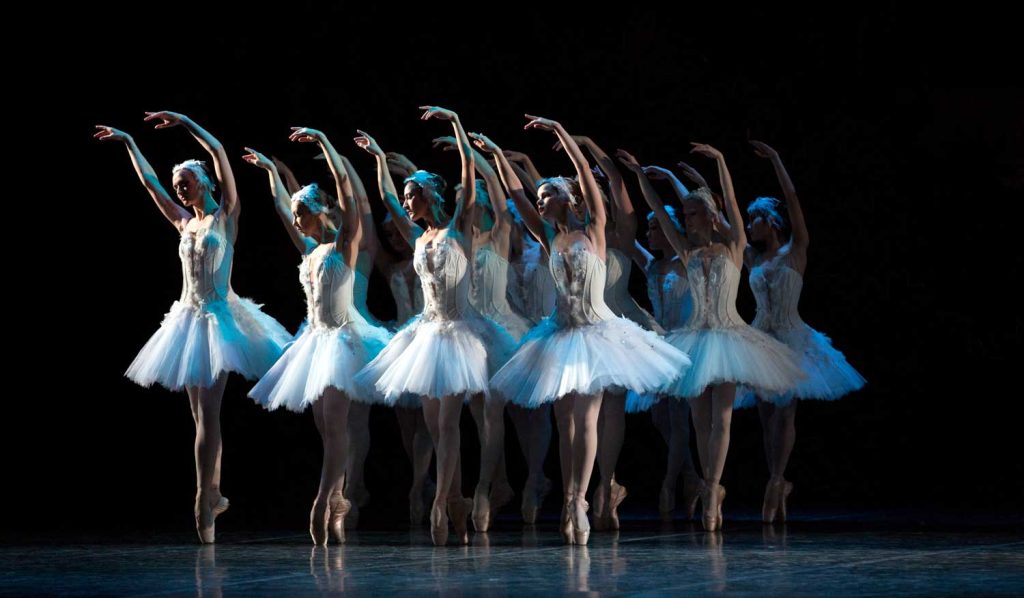
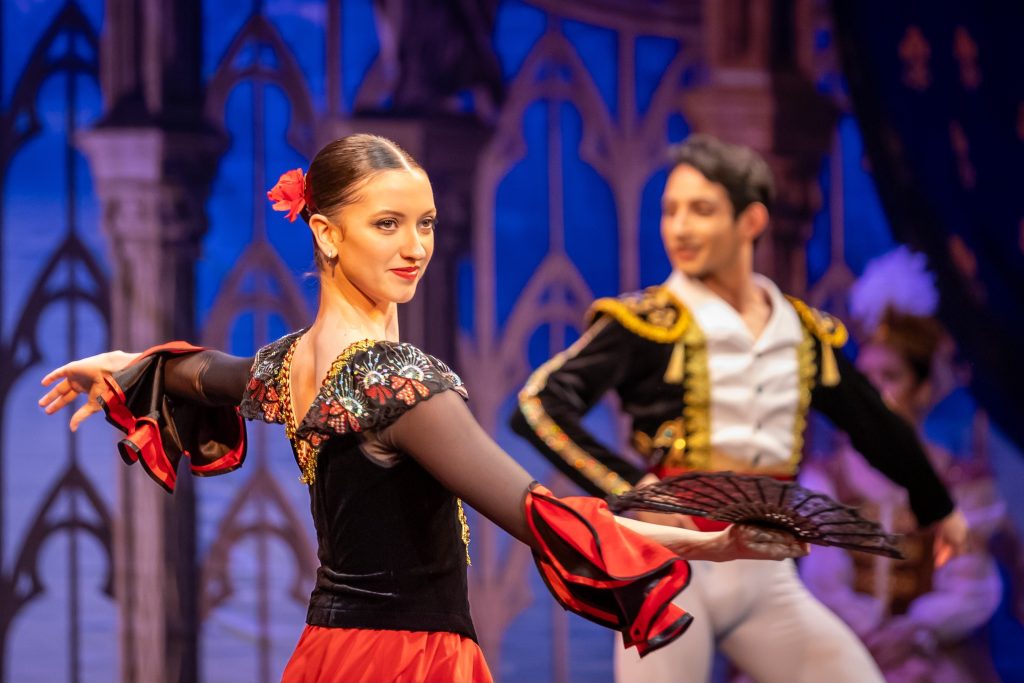
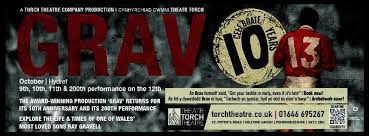
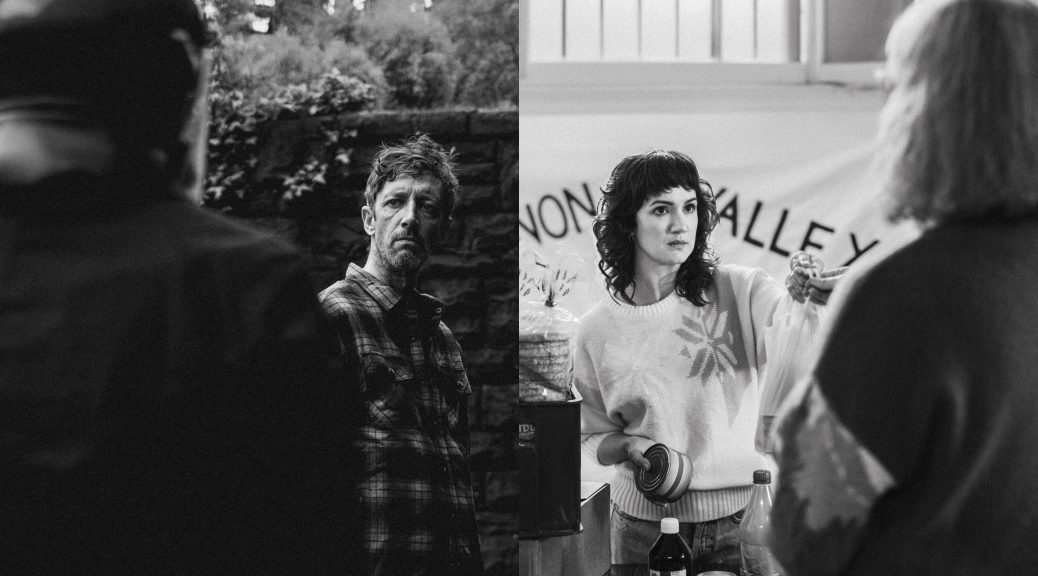
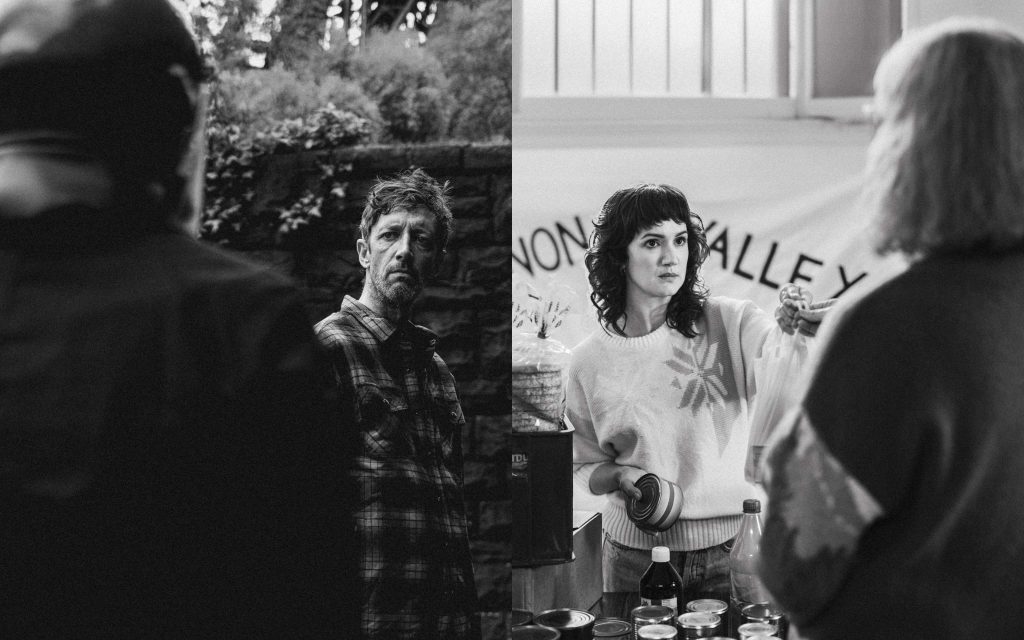
 (5 / 5)
(5 / 5)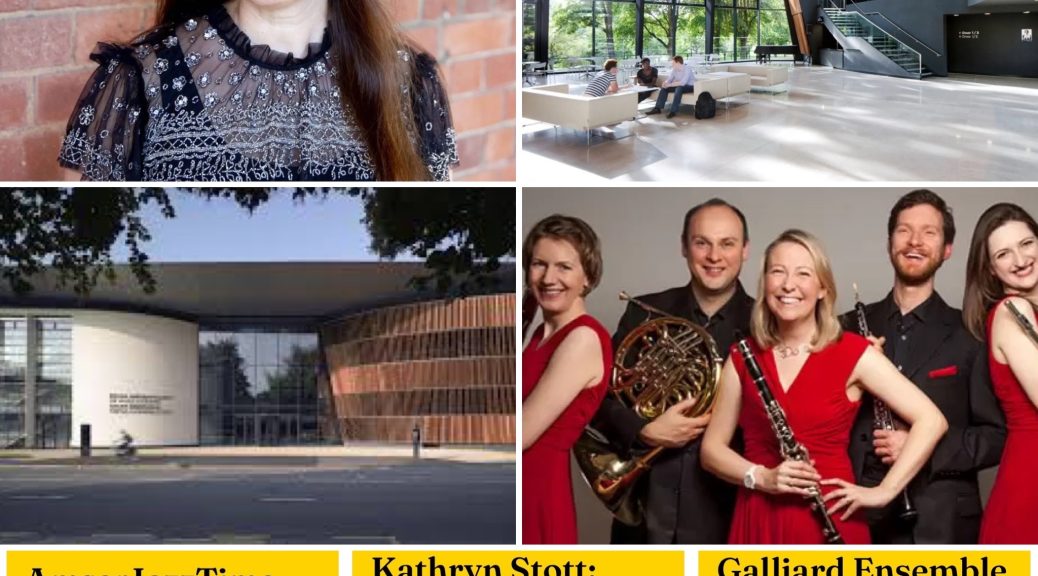
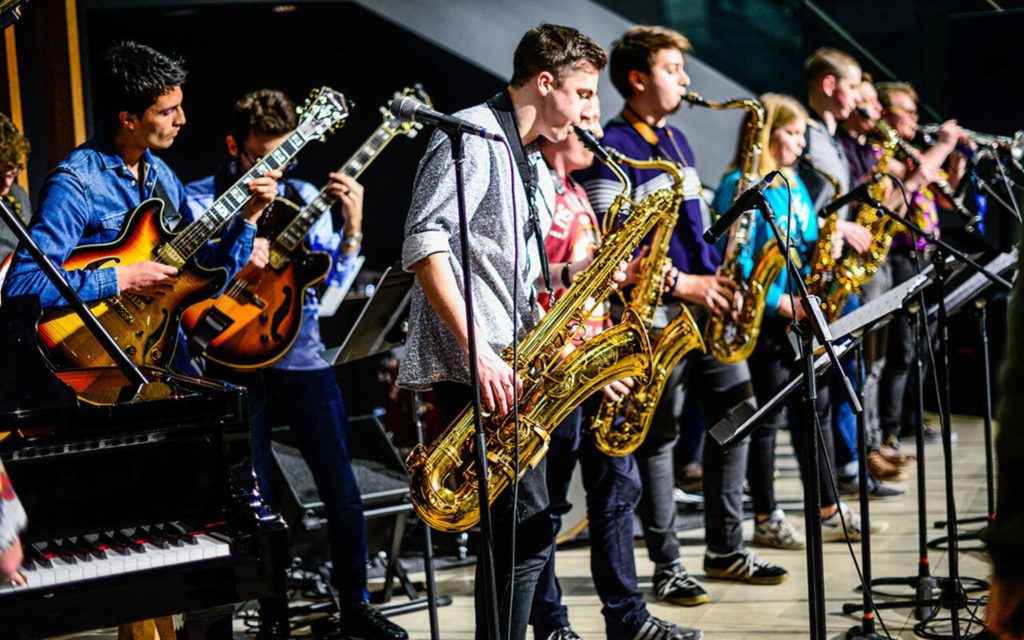


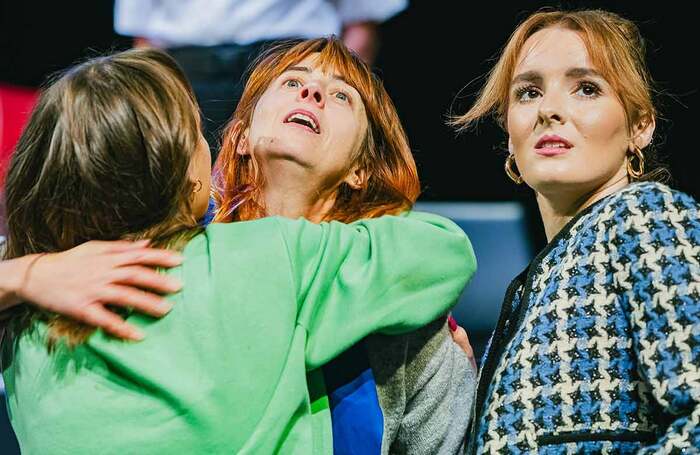
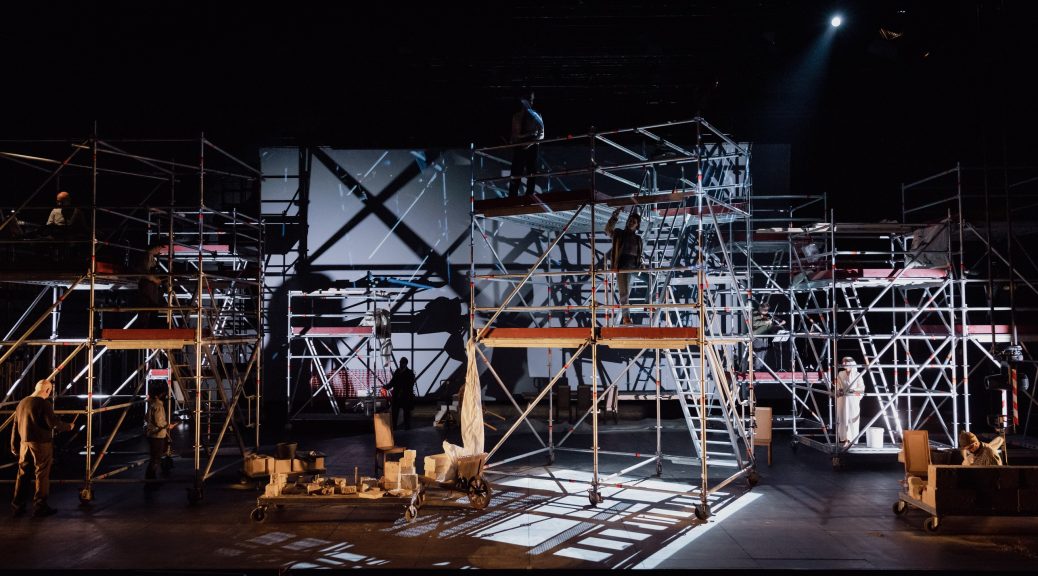
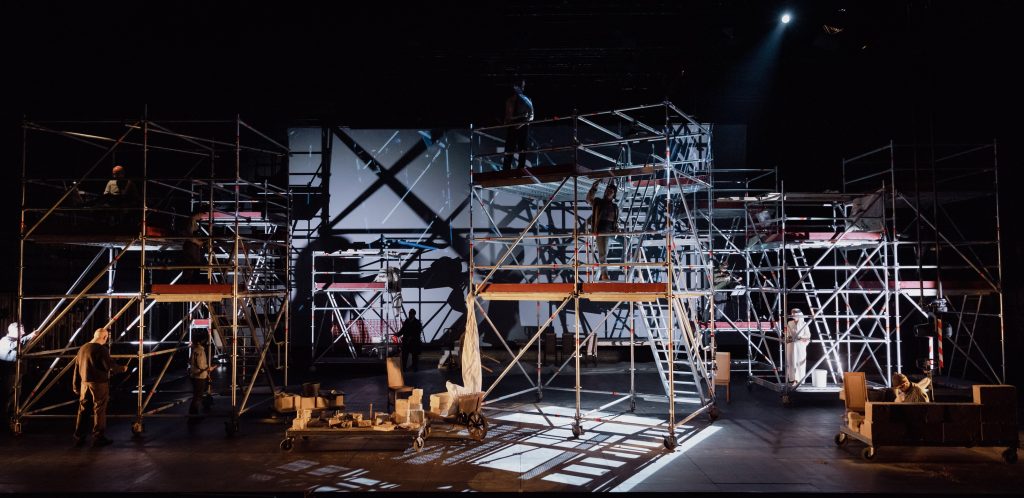
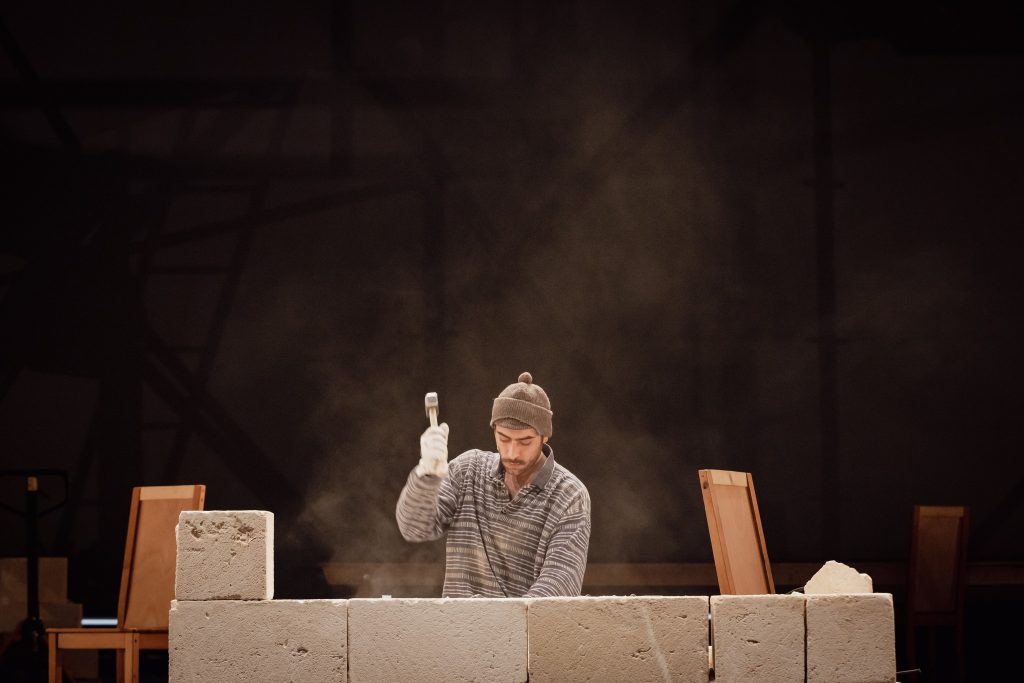
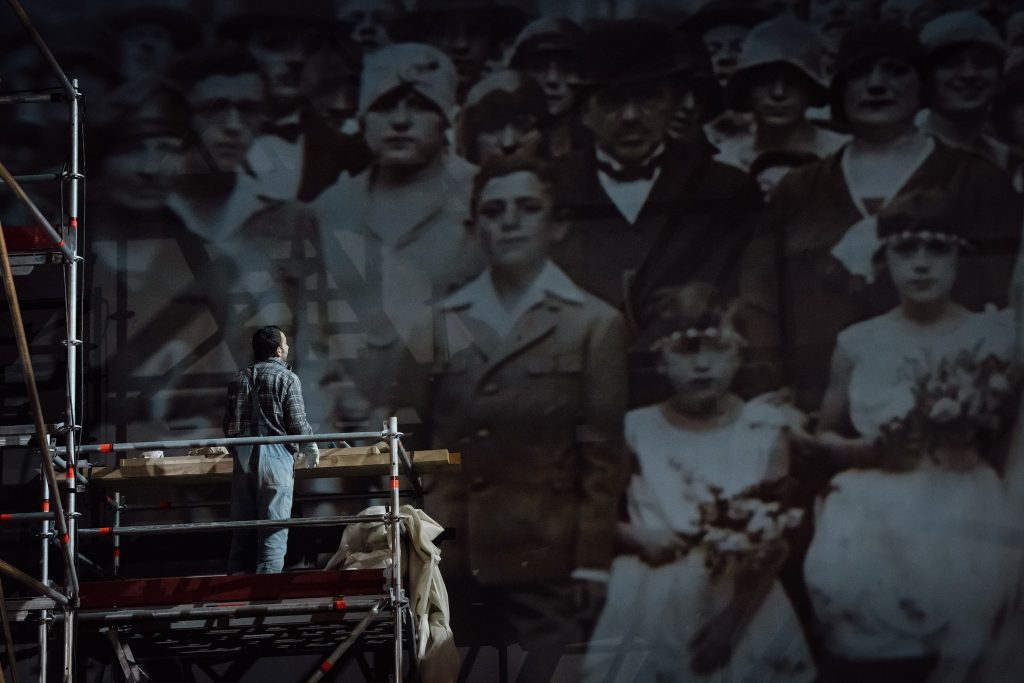
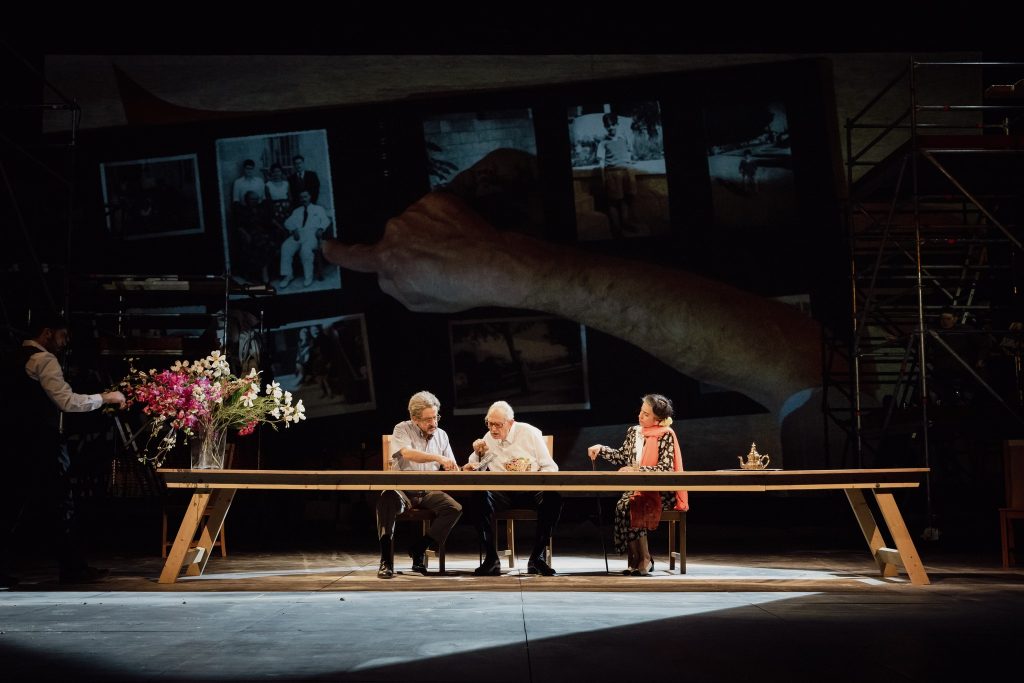

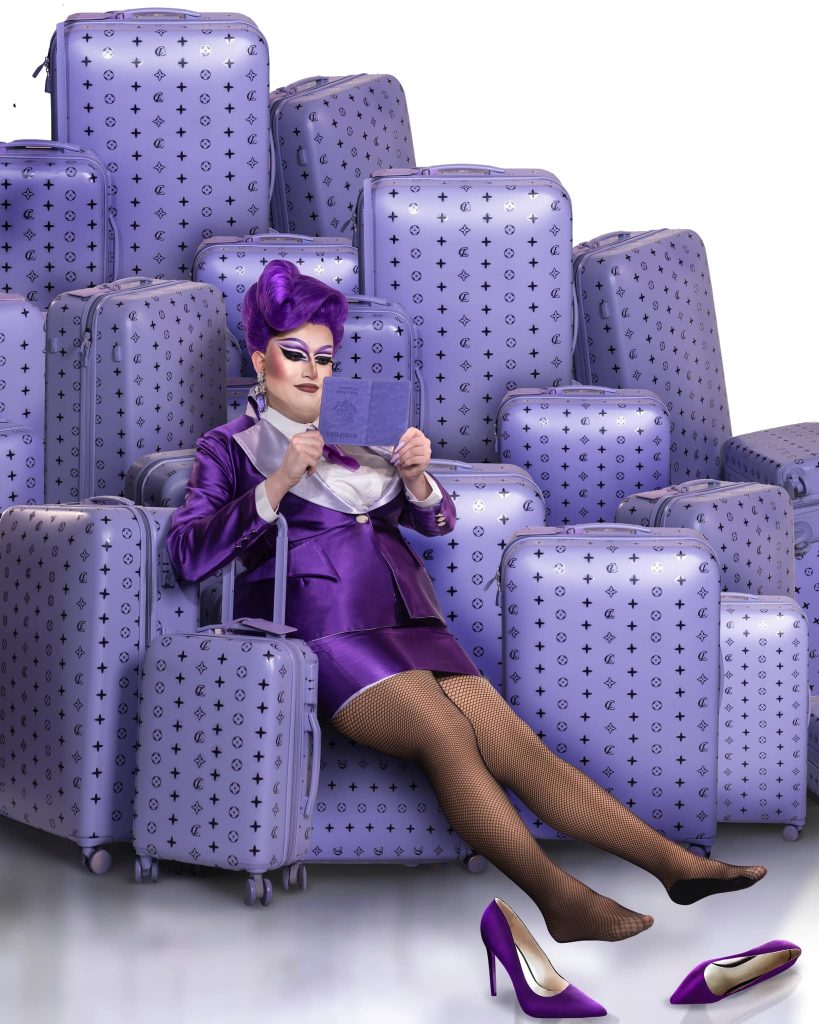
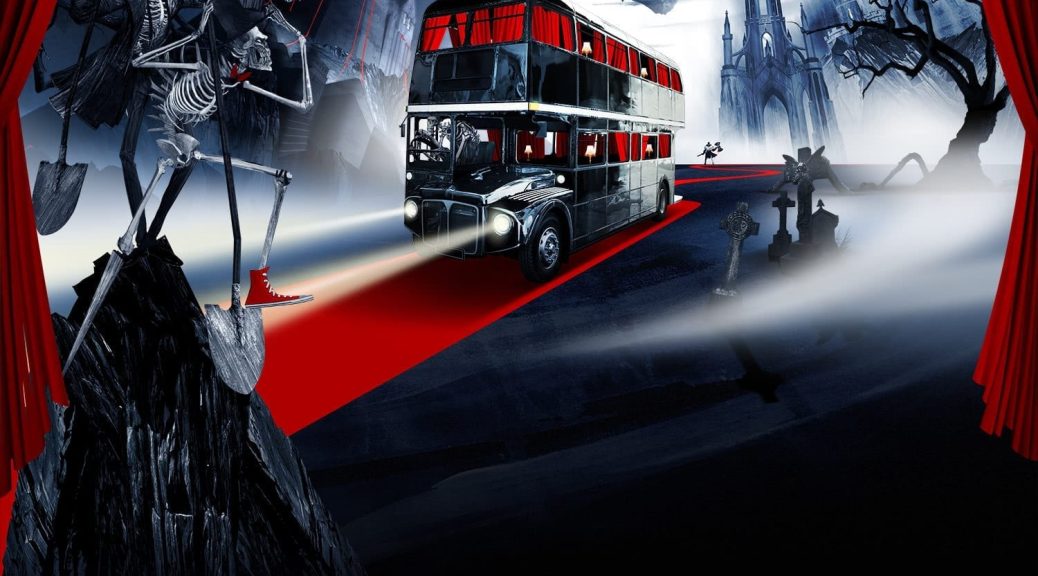
 (2 / 5)
(2 / 5)
 (3 / 5)
(3 / 5)